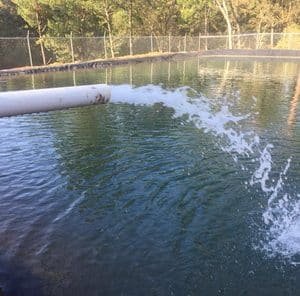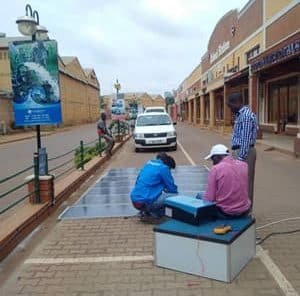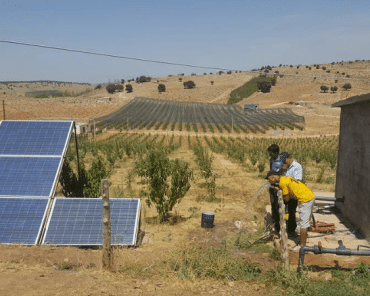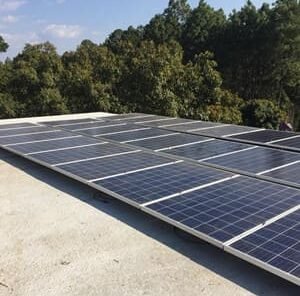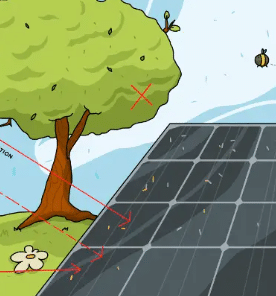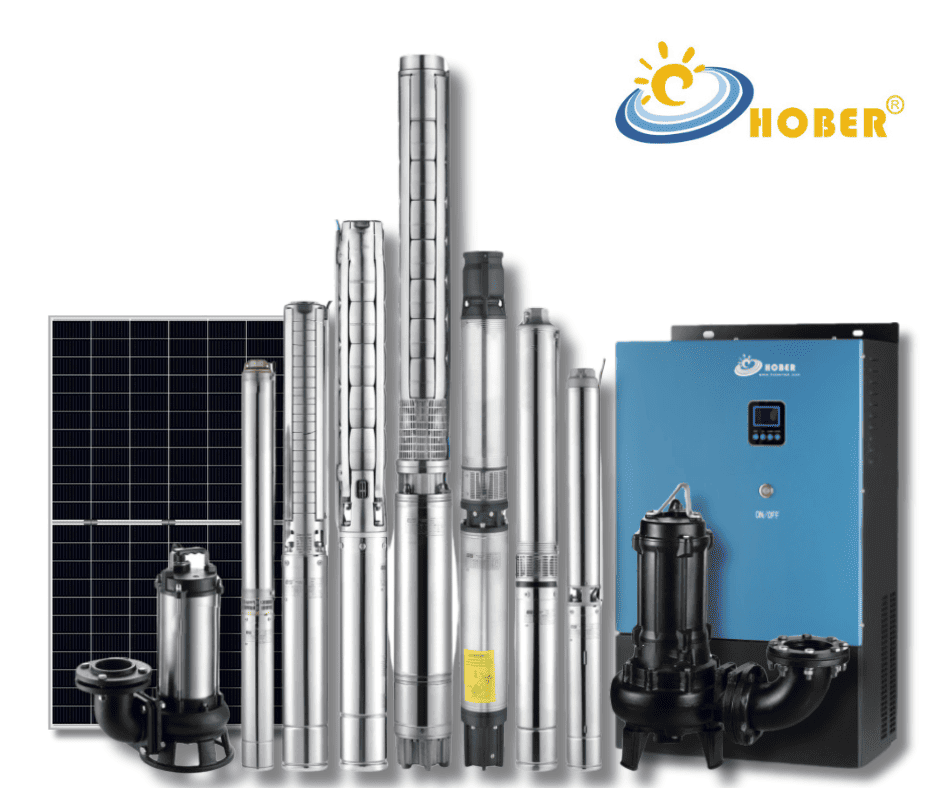Solar water pumps are revolutionizing the way we draw water in remote and off-grid locations. They provide a renewable energy solution that’s both cost-effective and environmentally friendly. However, errors in installation can undermine the efficiency and functionality of these systems. To help you navigate the complexities of installation, we’ve compiled a list of common mistakes and their solutions.
Installation Errors and Their Impact
When installing solar water pumps, there are several common mistakes that can significantly affect system performance. Here’s a tabulated overview of these errors, why they happen, and the consequences they bring:
| OBSERVED MISTAKE | SOURCE OF THE MISTAKE | CONSEQUENCE |
| Wrong type of pump | Different application need different water pump :submersble ,suction ,surface ,sweage… | System underperformance. |
| Absence of a pump controller | DC pump also need solar pump controller . But sometimes forgotten or willingly not installed. Ac pump need solar pump inverter to convert dc power to ac power | Excessive wear of equipment (mainly pump). |
| Under sizing of solar array | The supplier is asked for a specific performance (a daily flow and a total head); he offers an adequate pump but an insufficient and unverified number of panels. | The pump runs at low speed, and the expected performance is not achieved. |
| Absence of electrical protection | Solar panels are seen as a non-hazardous power source because each panel produces 12 or 24V, a low voltage that is not dangerous in itself. Designers often omit electrical protections (fuses, circuit breakers, …). | Risk of electrocution for users. Risk of destruction for equipment. |
| Absence of low-level water sensor | But for solar pumping, the voltage of the panels is cumulative to be able to operate the pump. As a result, the voltage is often 120V to 500V, which is dangerous. | Destruction of the pump when the well is empty. |
| Insufficient head | The head provided by the pump is not sufficient for the required water delivery height or pressure. | Inadequate water delivery to the destination point. |
| Water pump wire diameter too small | The diameter of the electrical wires used for the pump is too small, causing higher resistance and potential voltage drop. | Reduced efficiency and performance of the pump, potential overheating and failure of the pump system. |
| No circuit breaker between pump and inverter | A circuit breaker is not installed between the pump and the inverter, which is necessary for safety and to protect against current overload. | Increased risk of damage to the pump and inverter, potential safety hazard. |
Additional Installation Considerations
Beyond the tabled issues, consider the following:
- Shading: Even partial shading can significantly reduce the output of solar panels, leading to insufficient power for the pump.
- Panel Orientation and Tilt: Incorrect orientation or angle of the solar panels can lead to suboptimal sunlight absorption, thus reducing the power generated.
- Clogged Filters or Pipes: Blockages in the water filtration system or piping can prevent water from flowing, even if the pump is powered and working.
- Wear and Tear: Over time, components can wear out. Regular maintenance is essential to replace or repair worn parts.
- Incorrect Sizing: Mismatch between the pump capacity and the requirement for water flow and head can lead to inadequate water delivery.
- Poor Water Source: Fluctuations in the water source level can impact the pump’s ability to draw water.
- Faulty Components: Defective solar panels, batteries, controllers, or pumps can cause system failure.
- Inadequate Maintenance: Solar pump systems require regular checks to ensure all components are functioning correctly.
- Extreme Weather Conditions: Solar panels and pump components can be damaged by severe weather such as hail, heavy rain, or lightning strikes.
- Electrical Connection Issues: Loose or corroded electrical connections can interrupt the power flow to the pump.
- Overheating: Solar pumps, like all electrical devices, can overheat if run continuously for long periods, especially in high-temperature environments without adequate cooling.
- Incorrect Installation: If the pump, panels, or other system components are not installed according to the manufacturer’s specifications, this can lead to malfunctions.
- Air Locks in the Pump: Air trapped in the pump or lines can prevent water from flowing.
- Low Solar Insolation: During periods of low solar insolation, such as during the winter months or extended periods of overcast weather, the pump may not receive enough power to operate.
- Water Chemistry: High levels of certain chemicals or minerals in the water can corrode the pump or clog the system over time.
Conclusion
To maximize the benefits of solar water pumping technology, it’s essential to avoid these common installation errors. Proper planning, using the right components, and adhering to solar-specific installation practices will result in a reliable and long-lasting water supply system.


